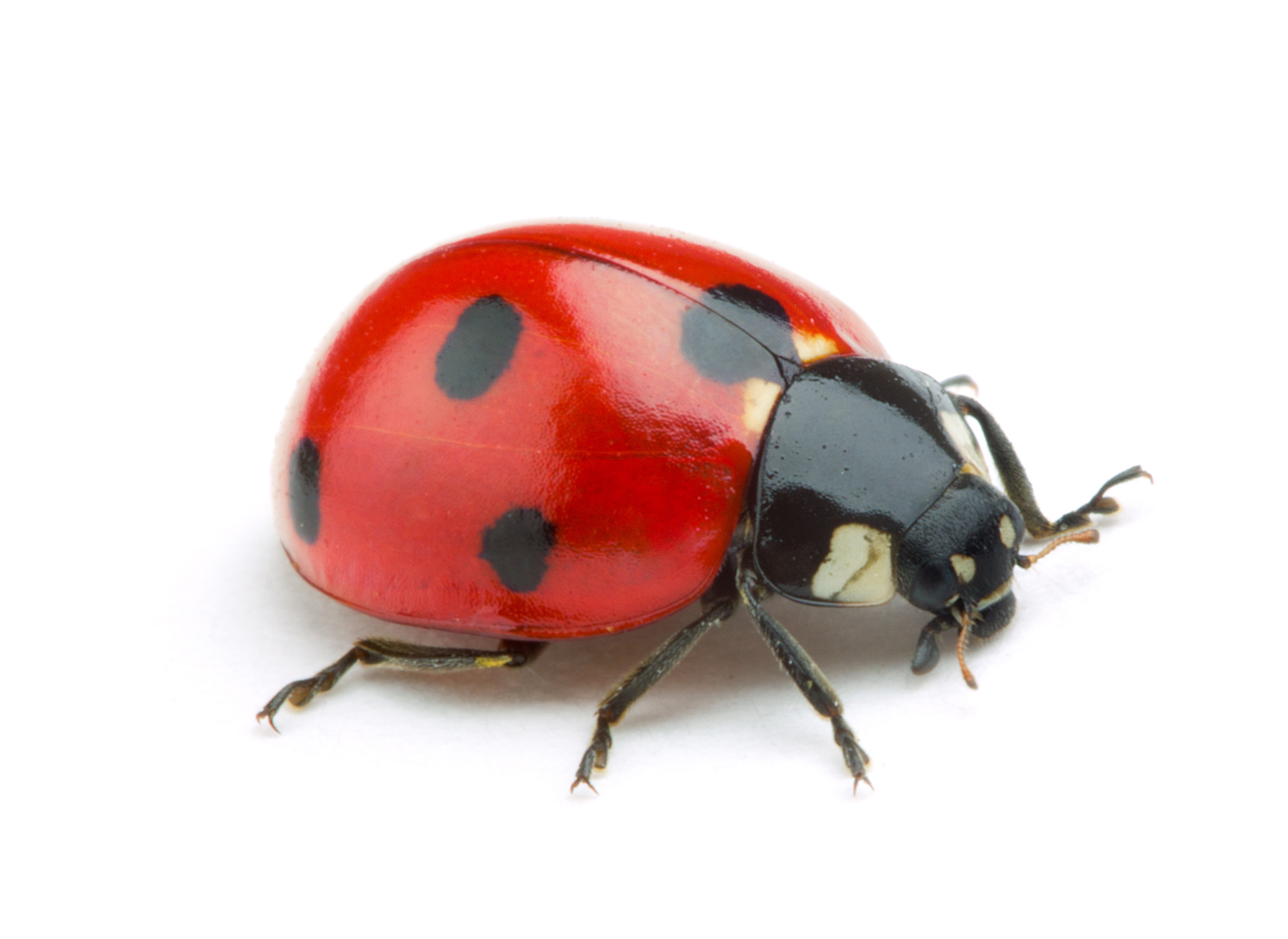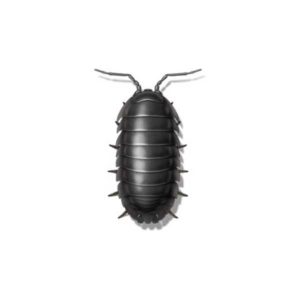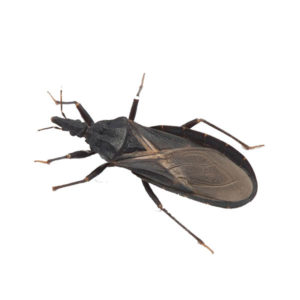Ladybugs in Northern Utah
Ladybugs, also called lady beetles or ladybird beetles, one the most visible beneficial insects due to their feeding on harmful insects. They are natural enemies of many insects, especially aphids and other sap feeders. A single ladybug may eat as many as 5,000 aphids in its lifetime. Many species of ladybugs are present throughout the United States and are common in most habitats. At times, however, these beetles make a nuisance of themselves by invading homes.
Ladybug Habitat
Ladybugs can be found in many different habitats including forests, grasslands, rivers, and in cities and suburbs. These beetles mainly live in shrubs, trees, fields, gardens, and sometimes within homes. Aphids are a ladybugs’ main source of food and they often lay their eggs near aphid colonies. Ladybugs hibernate in mass over the winter, usually in protected places like cracks in rocks, tree trunks, and in buildings and homes.
Ladybug Behaviors, Threats or Dangers
Ladybugs are important beneficial insects to have around as they prey on aphids and other insects that can destroy gardens and crops. However, in some areas, these beneficial beetles can become a nuisance when they enter homes. Ladybugs are overwintering insects and when one ladybug finds a suitable spot to hibernate, it produces a pheromone that attracts other ladybugs to the site. It is not uncommon to find dozens, if not hundreds of ladybugs congregating together in clumps. Quite often, a few misguided beetles get confused and enter homes through electrical outlets and other openings in walls. If you suspect a ladybug infestation, contact your local pest control company.





